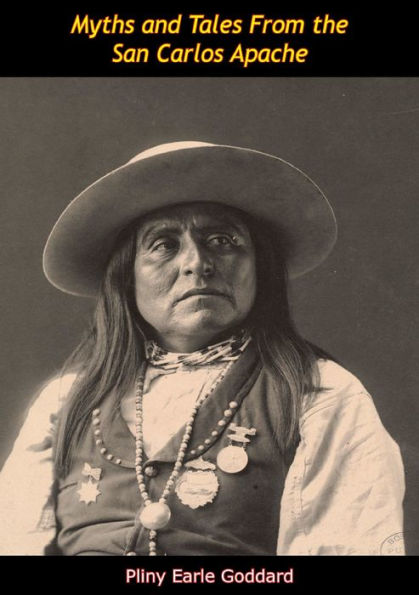This book, which was first published in 1918, consists of literary translations of San Carlo Apache mythological tales. The myths include the creation of the earth, the birth of the culture hero and his ridding the world of monsters, and myths explaining the origins of certain ceremonies. The tales were collected from two chief San Carlos informants, namely Antonio, “a very well informed man of advanced age who dictated freely;” and Albert Evans, “a man of middle age speaking sufficient English to translate his own texts.”
“The myths of the Apache are of two sorts: First, there are several important narratives, the most typical of which explains the origin of the earth, and of its topography, the birth of the Culture Hero and his activities in freeing the world of monsters. To the second class belong the myths explaining the origin of definite ceremonies. These myths in their more complete versions are known only to those who celebrate the ceremonies in question and are perhaps integral parts of the rituals. The myth of the woman who became a deer is typical of this class.
“The tales divide into those which are wholly native and those that, in part at least, are of European origin. The Apache themselves recognize some of these tales as ‘Mexican’ but claim other such stories as Apache. Without a knowledge of European folklore a complete segregation of the European elements is impossible. The footnotes point out the more obvious foreign tales or incidents.”—Pliny Earle Goddard, Introduction



